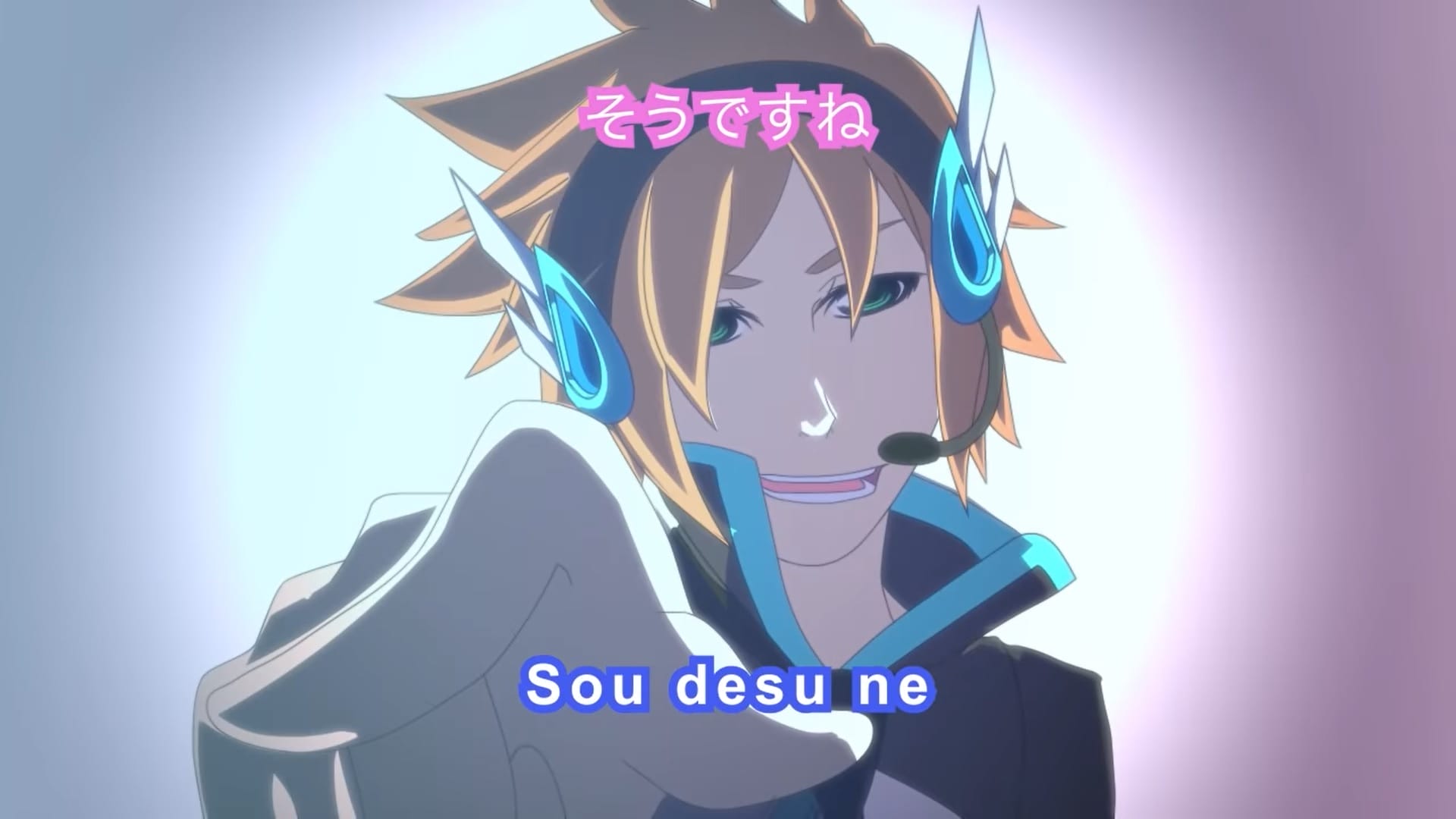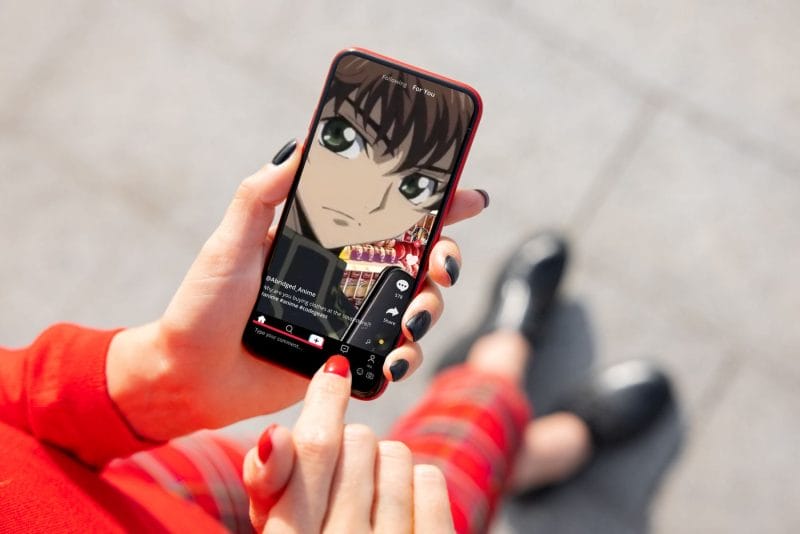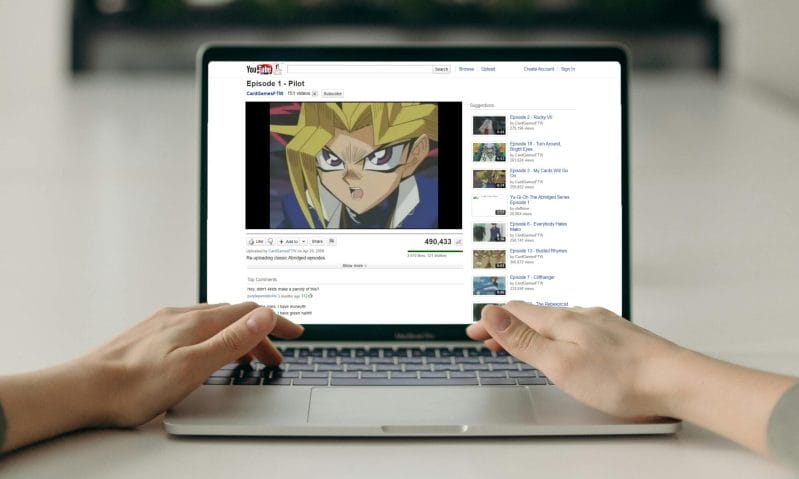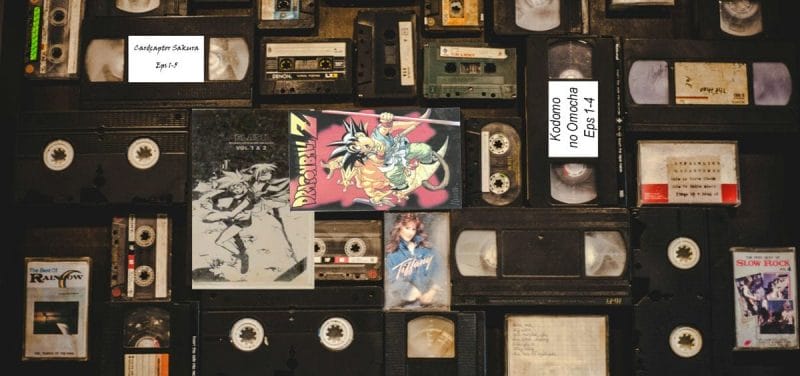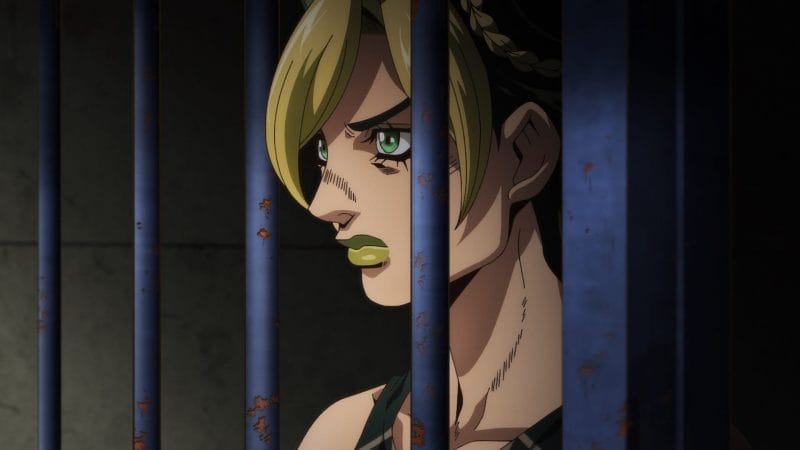If I asked you to paint an image of 2000s anime fandom with your mind’s eye, what would appear? Perhaps it involves some smexy bishies, the Hare Hare Yukai, or lots of Linkin Park AMVs. Or maybe—just maybe—you envision Sephiroth dancing to the tune of “Sephy’s mom has got it goin’ on,” whilst proudly sporting a “Vote for Pedro” shirt. Against all odds, such a scene exists in the music video for Yuri the Only One for Me (henceforth YTOOFM) by L33tStr33t Boys—a musical project led by Matt Myers. This music video premiered at Anime Boston 2008’s AMV contest (yes, the infamous “Line Con” year), but it would be posted to YouTube the Monday after the event. Despite being the band’s first music video, it quickly achieved what you could call “virality” within online anime fan communities.
Well, it was viral relative to the size of the online, English-language anime fandom at the time, anyway. The video garnered nearly half a million views by the end of the year. By June 2010, it had reached over a million views, been in a number of Tommy Tallarico’s Video Games Live shows, and was even shown on Japanese television. Armed with the power of hindsight, it’s easy to surmise what made YTOOFM so popular: the song itself is catchy, the animation in the music video is good, and above all, it’s a song heavy with nerdy style and references, including plenty of shout-outs to video games and, of course, anime.
During the mid and late 2000s, the Western anime fandom was experiencing the growing pains of a fan culture that was simultaneously more popular than it had yet been, on the cusp of entering the mainstream, yet still fairly niche. Likewise, these were equally dissonant years in terms of the accessibility of anime. Anime was more accessible to fans in the west than it had ever been before, largely thanks to a growing industry and more widespread internet availability. At the same time, it still wasn’t necessarily readily—let alone easily—available for most people, either.
While both anime and anime fandom were trapped in this limbo, its popular-yet-niche-ness, its accessible-yet-obscure-ness, lent itself to letting the growing number of anime fans evangelize about how cool anime—and perhaps, the growing fan culture surrounding anime as well—truly was. In plain language, it wasn’t unusual for anime fans (especially younger ones) to be particularly proud and zealous about their fandom during these years. So much so that it became a a defining trait of anime fans of the era that they’d routinely bring up the fact that, well, they’re anime fans—or “otaku”, as many of them probably would’ve felt more inclined to say—into everything they do. Such is the tone for much of the L33tStr33t Boys’ music, which is fully steeped in this bold and transitional era of anime fan culture.
But while YTOOFM would be L33tStr33t Boys’ first big hit (and, to this day, their biggest hit), they weren’t destined to stay one-hit-wonders. The decision to make another album was—according to Myers—an obvious one. Following the success of YTOOFM, L33tStr33t Boys “were selling out luggage cases full of CDs at our live shows. Fans were rabid for new music from LeetStreet Boys!” Thus in “late 2009” Myers and his production partner, Frogs, soon started working on the album that would later be titled Otaku Hearts. Per Myers, “We had a couple of friends who played some of the crazy guitar solos in songs like Guitar Hero, Expert Mode, and Final Boss, but Frogs and I were the creative core of LeetStreet Boys.” He added that the first song he wrote for this new album was the song that would go on to be their next big hit: She’s So Kawaii (henceforth SSK).
She’s So Kawaii is essentially a song about the singer longing for a girl who’s, well, so kawaii. She’s super into anime, video games, RPGs, and so on. The song was meant to be “somewhere in the middle,” between being ironic and earnest. And while it’s still caked in nerdy references, the references of SSK skew much more heavily toward anime and anime fan culture than, say, the much more video gaming-centric YTOOFM. Notable examples include Gaia Online (“She’s on Gaia, her name is Aiya”), Pocky (“Ramen and Pocky, Ramune and sake”), and plenty of popular anime (“I’m Loveless til that day. Emo like Sasuke.”)
“Yuri The Only One was definitely a huge influence on writing She’s So Kawaii,” Myers recalled. ”At the time, my production partner and I had very well-defined roles for our collaboration. He was pushing me to write something as catchy as possible, even more so than Yuri The Only One. I saw Yuri The Only One as a mix of romance, epic, and humor, and I was looking to do something like that again. When I showed him the initial demo for She’s So Kawaii he was thrilled.”
Despite looking back fondly at the process of writing SSK, though, Myers recalled the process of finding animators and getting the music video as an already-arduous process. He noted that it felt all the more difficult in contrast to “having a fairy tale experience with Yuri The Only One and doing everything right.” According to Myers, the animator that L33tStr33t Boys had been working with for their previous music videos, Nathaniel “N8” Soria, “wanted to take a break,” meaning that they’d have to find a new animator. “Unfortunately, the local animation studio I hired for SSK didn’t deliver as promised in terms of quality or timeliness. It was anything but kawaii! I’m still wincing as I remember the “finished” version they showed me, full of characters with missing faces, art assets that inexplicably flickered and vanished, and visual effects cues that were never implemented.” He added that, “As a last resort, I got access to the files and retained the individual animators to work as freelancers and finish the job. We cleaned it up as much as possible but the damage had already been done. The final piece is far from perfect, but compared to the first cut I received from that animation studio manager it might as well be Studio Ghibli.”
While the Otaku Hearts album went on sale in November 2010, the music video for SSK wouldn’t be posted on YouTube until July 2011. And if archives of its upload page are indicative of anything, it was… divisive. On one hand, many thought that the song itself was catchy, and that the music video was just a bunch of silly, otaku-y fun. But on the other, there were many who thought that it committed one of the internet’s most cardinal sins: it was cringe. Aggressively, and unrelentingly cringe.
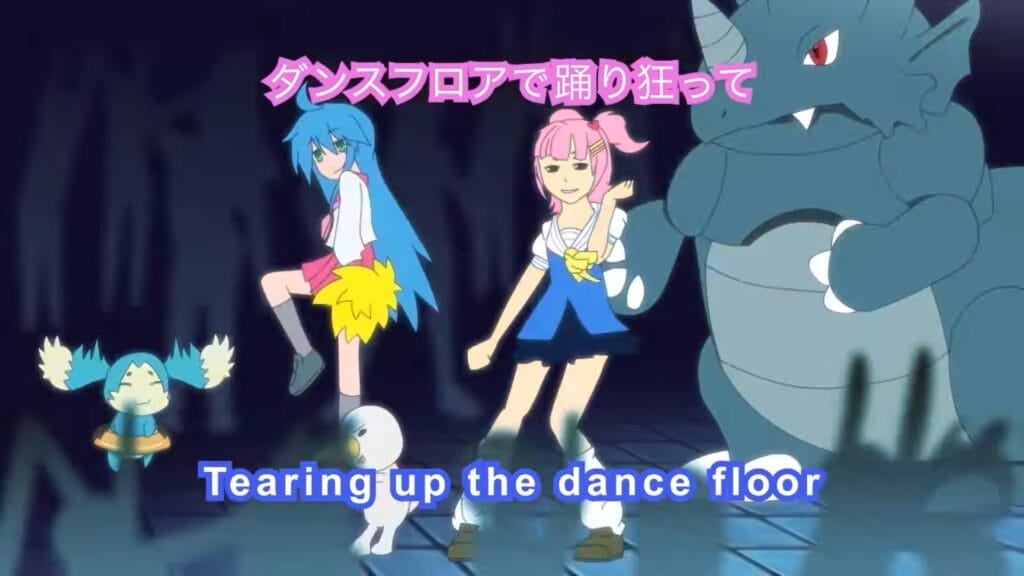
One can only speculate why SSK received so much hate, while the equally reference-heavy YTOOFM didn’t. Or, to be more specific: YTOOFM received a modest amount of hate, but certainly nothing even close to the size or scope of what SSK got. Perhaps it had something to do with the song leaning much more heavily into referencing anime fan culture than video game fan culture—given how much more over-the-top anime fans tended to be, they were more prone to being deemed “cringy.” Likewise, videos about anime fans displaying behavior that many deemed cringy were more or less an entire subgenre by 2011. Arguably, the most notable—and certainly iconic—example was OTAKU (その日のヲタク), aka “Such a kawaii morning”.
Frequent examples of behaviors that were deemed cringy around the late 2000s through early 2010s were the sprinkling of Japanese words throughout otherwise English language sentences (usually words like “kawaii”, “sugoi”, and so on); fans squeeing loudly/obnoxiously over their favorite characters/ships; making fan content that isn’t of a professional caliber; being socially awkward while displaying/referencing the fact that they enjoy anime; or just being really unabashed about how much they love anime. In short, they were behaviors that were typically associated with younger, more vocal anime fans. As a reminder, this was a time when it wasn’t unusual for anime fans to either be very outspoken about their love of the medium, or to at least have been very outspoken in their love of anime in their younger years. To word things slightly differently, the otaku-y behaviors that were often deemed cringe weren’t necessarily rare or unusual in anime fan communities at the time, but to the outsider looking in they were weird all the same. Meanwhile, other (and less outspoken) anime fans might cringe at either seeing their younger selves reflected in whoever they were cringing at, or at the idea that this is how they—as a fellow anime fan—are perceived by non-fans.
It’s impossible to dissect things like the history, reactions, and ethics (or in many cases, the lack thereof) in the popularization of cringe content in any amount of detail without completely derailing this article. But, suffice to say, the 2010s marked a boom period for people either uploading (and please note that I’m using the word “uploading” and not “creating”) or seeking out content that was meant to make the viewer cringe. Likewise, this often led to those who were being cringed at, to receive some degree of bullying and/or harassment.
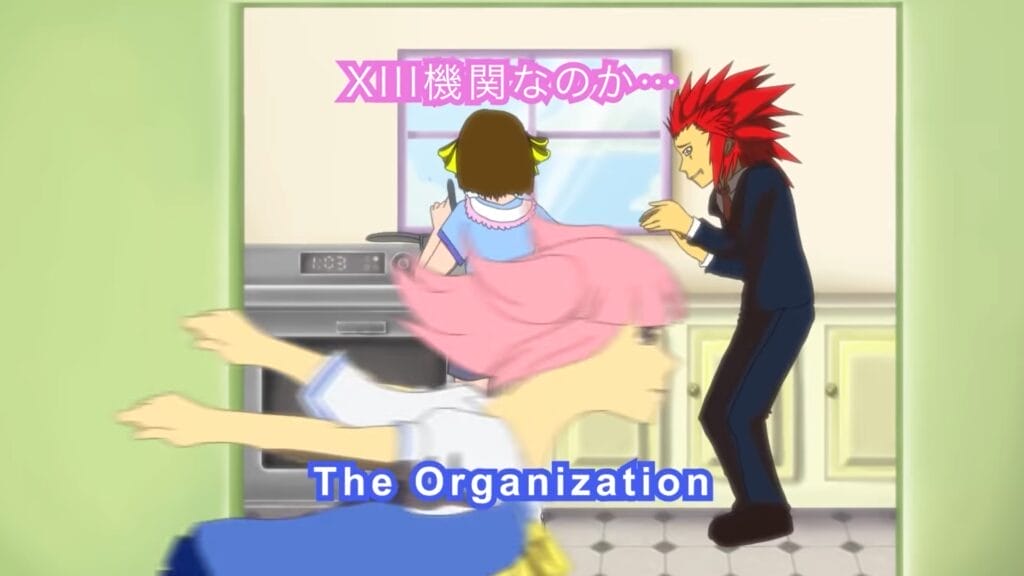
Surviving negative responses to SSK tend to discuss words that Myers mispronounced, and what can only be generously described as the video’s cringe-factor more than anything else. Myers, however, recalls the animation playing a key role in the contemporaneous backlash and criticism that the song received. “The reactions for She’s So Kawaii were more polarizing than Yuri The Only One because of the animation,” he explained. “Fans picked it apart. The song was extremely catchy and commercial, but the animation didn’t match the high production values of the music.”
In all likelihood, the hate that SSK attracted was probably a result of all of the above. Regardless of why it happened, though, the result remains the same: the song quickly became the subject of large waves of ridicule. “[SSK] got a lot of views because of the hate and therefore it became popular,” reads an archived comment from 2013, “Stop living in a dream world.” That said, comments like these were just the tip of the negativity iceberg. Plenty have taken it a step further and sent actual hate mail to Myers.
”Hate mail sometimes used to be fun and make me giggle,” Myers said, adding “These days it’s colder.” He added, “I know how to serve copyright strikes to infringing videos. I also know when to contact law enforcement.” When asked about the bad things that came from SSK and L33tStr33t Boys, Myers replied, “Being ‘famous’ and overexposed makes someone an easy target. I’d argue that even today anime fandom is still very polarizing and full of problematic stereotypes. So while being an artist in that genre was a huge part of my identity, it kind of took over my life. I absorbed a lot of that stereotyping.”
The following is an example of the hate mail that Myers has received:
“So let’s take a good, comprehensive look at this. You start with 100 points. Let’s see how many you make it out with. Lyrics consist of “LOLOLOL JAPAN ANIME WEABOO OTAKU LOLOLOL” and none more. You have 80 points. Animation is terrible and lacks any feeling of weight or tangibility. Overuse of bloom and jumpy movement along with razor-sharp fingers. 60 points. The words are sung with so many extra syllables and mispronunciations that it’s basically the “what not to do” section of a dictionary. 40 points. It sounds like you’re saying “kowai” (scary) far more than it sounds like you’re saying “kawaii” (cute.) 30 points. Every single attempt at a pun or wordplay makes me sick to my stomach. 10 points. At several points, many syllables are said far too quickly without at all flowing together, causing them to pile up and form a brick wall directly in front of the rhythm of the song. Well done, lads. You’ve made it out with no points to spare. I hope you all die in a fire for ever even considering making this song.”
It should be noted that this letter is on the tamer side. Myers was a guest at PopCult 2023, and during his L33tStr33t Boys retrospective panel, he invited someone from the audience to come up and dramatically read some of his hate mail. Ultimately, I ended up being the one to do this, and I saw a number of slurs. Needless to say, I didn’t read those segments aloud.

Yet despite what reactions like these might make you think, the reactions to SSK weren’t all negative. Plenty of people thought that the song itself was catchy, and realized that the music video wasn’t meant to be too serious. Myers said that it “sold extremely well” and that it, “might be the catchiest I’ve ever written in my career as an artist/songwriter. Musically I’m extremely proud of it. The song is cute, upbeat, and silly and the melody gets stuck in your head. The video may not be our best, but at least we did get it finished considering the circumstances!”
Furthermore, while many have gone out of their way to send Myers hate mail, plenty of others have gone out of their way to send him fan letters. “Recently some university students did an academic research project on LeetStreet Boys,” said Myers, “I hadn’t seen that before. I’m also still happily shipping out CDs in the mail and signing autographs.” When asked about the good things that came of SSK and L33tStr33t Boys, Myers replied, “Meeting fans. Traveling. Performing big shows. Selling out of merch. The crowd singing along to the music. Marriage proposals reciting my song lyrics. Being invited to fan weddings. Making some of my closest friends. Business opportunities. Endearing fan mail. Getting told by kids that the music helped them get through some difficult times in their lives. Too many wonderful experiences to mention.”
Certainly, when watching SSK in 2023, one can’t help but feel like the same things that made people cringe in 2011—the brazen-ness of it all, the animation, the occasional mispronunciations, the dated references—make it incredibly charming in 2023. It’s like a 5-minute, 28-second trip back in time. When asked about how he felt about the idea of SSK being a time capsule, Myers responded, “For me, that description is definitely fair and a bit flattering. Many of the cultural references in the song like Gamestop, Gaia Online, Happy Hardcore, Twilight, and losing the game were very current at the time. It makes me happy to know that the song had enough popularity and influence to be seen that way more than ten years later. It wasn’t like I had a huge record label or entertainment publisher backing my efforts. This was just something I did independently in my twenties because I was passionate about music and inspired by the creativity I saw attending conventions.
Looking back, there was a romantic element about anime conventions that I’m not sure still exists today. Lots of couples I knew met at those events. Maybe someone was the only kid in their town who liked anime, but when they came to a convention suddenly they were in a room full of people just like them. So the passion was brought out. I have friends who met as performers in an anime dating game improv performance and then started dating in real life. There used to be these formal ball dances which felt kind of like the prom for anime fans who maybe never went to their own high school prom. With how conventions have grown and how the culture has changed, I’m not sure if meeting other anime fans is perceived as rare and special the same way today. Back then fans were responsive to the romantic stories I told in song lyrics, which were inspired by people I met and connections that really happened.”
Being so rooted in another time, however, can be a double-edged sword, and for as charming as it makes SSK, it doesn’t work as well on every L33tStr33t Boys track. “Lady And The T*** has aged poorly, and I’d absolutely never perform that song going forward,” said Myers, “The song was inspired by male crossplayers and had nothing to do with transgender or transphobia when I wrote it. The way people use the word “t***” changed from 2009 to around 2014. I understand why some people are offended by it today, but it wasn’t offensive during that time. My LGBTQ friends loved the song and complimented me when they first heard it in 2010.”

Whether it’s thanks to the references, the tone, or both, there’s just something incredibly and inherently nostalgic about SSK. And in that sense—that is, in the sense that it’s become a very endearing snapshot of anime fandom culture at a certain point in time—it’s aged quite well. The lasting legacy of SSK, one can’t help but feel, isn’t just as a time capsule of a certain era of anime fandom, but as a certain era of attitudes toward anime fandom. After all, the same things that made it attract so much hate in 2011, make it incredibly charming in 2023. In that sense, it’s also a time capsule of a certain era of internet culture at large. “For me watching the video with fresh eyes today, it definitely feels like something from a different era,” said Myers, “I feel like if I made an ambitious animated music video like this today then it would just get buried and be unknown. We couldn’t compete on efficiency with today’s video game streamers, bedroom karaoke performers, and other people talking into a webcam. Then there’s also a much larger influence from huge corporate entertainment publishers promoting their material online today. But in those days anime and animation was kind of like the Wild West, so it was possible to do what we did and get that kind of high-volume response.”
Edited By: Samantha Ferreira


